Digital Etiquette: Reinventing Work Report
Rethinking work and wellbeing for a hybrid world.

Overview
In summer 2022, over 3400 people across the US, UK, Canada, and Australia told us how they feel about the new world of work. With some eye-opening results!
This year’s survey shines a spotlight on the state of work post-pandemic. How can employers retain people in an unsettled market? How much are new ways of working impacting our wellbeing? Are our collaboration tools fit for purpose? And what type of flexibility do people really want?
Find out in this year's report.
This year's key findings
The isolated workforce
A lack of face-to-face communication is impacting wellbeing, with almost a third of the workforce feeling lonely every day. How do we connect a disconnected workforce?
Rethinking flexibility
We're working more flexibly than ever, but there's no one-size-fits-all solution. Workers want the type of flexibility that works for them, not their employer.
The Great Resignation
The Great Resignation is still very much underway. This year's survey results reveal what leaders can do to retain their best people in an employees' market.
Too many tools
Workers are feeling the effects of digital tool fatigue, despite not being familiar with the term. Many are still searching for the holy grail of collaboration tools.
The workforce feels more isolated than ever before
A lack of face-to-face communication has left many of us feeling disconnected and lonely. Close to a third of workers feel lonely every day. This rises to almost 40% for asynchronous workers (those who work and communicate without the requirement to be 'present' at the same moment).


But returning to the office triggers anxiety for many
Just over a third of those we surveyed felt anxiety about going into the office, with the commute cited as the biggest cause of stress. As a cost of living crisis looms, workers are also concerned about the extra costs associated with travelling to the office.
Flexibility is a must-have, not a nice-to-have
While employers grapple with the changing needs of their teams, one thing's for sure: flexibility today is all about trust and empowerment. Give your teams the freedom to work in the way that works best for them. There's no one-size-fits-all solution.


The Great Resignation shows no signs of slowing down
34% of our respondents are actively looking for a new job, with money as their main motivator. Many said the Great Resignation made them question their employer. But it seems the grass isn’t always greener: almost two-thirds of those who've recently switched jobs regret their decision.
Sometimes, our tools make our jobs harder, not easier
We might have plenty of tools, but are they integrated for optimum efficiency? Our report would suggest not, with 57% of workers currently spending more than 30 minutes a day searching for information. Look out for insights throughout the report from our partners, monday.com.

Methodology

Geography
We surveyed 3439 people, with the US (35%) and the UK (35%) providing the majority of responses, followed by Canada (15%) and Australia (15%). Areas with established tech hubs saw the most respondents: California, London/South East England, Ontario, Melbourne, and NSW.
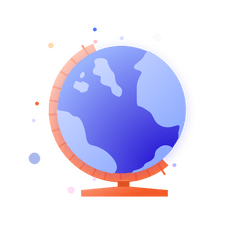
Work is something we do, not somewhere we go
Nearly two-thirds of workers think they should be allowed to choose where they work, with 59% preferring either a hybrid working model or full-time remote. However, interestingly, only 44% of those we surveyed work for an employer that allows them to work hybrid or remote.
Around half of our respondents think the long-term impact of hybrid and remote work will be positive, with only 22% feeling that the long-term consequences will be entirely negative.
Many also feel that the return to the office has been driven by leadership.
There's no one-size-fits-all when it comes to flexibility
Today, flexibility is all about empowering your workforce to do what works best for them. People value their work-life balance, which is evident in the types of flexibility most people want.
We've heard a lot about the four-day work week recently. It was certainly a popular concept among our respondents, with almost half selecting it as the type of flexibility that would work best for them!
Interestingly, more than a quarter of our respondents work for an employer that gives them this option. However, this may include employers who allow flexible working requests, yet don't offer a four-day work week as standard.
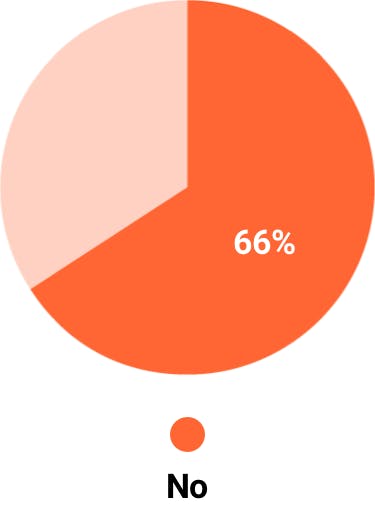
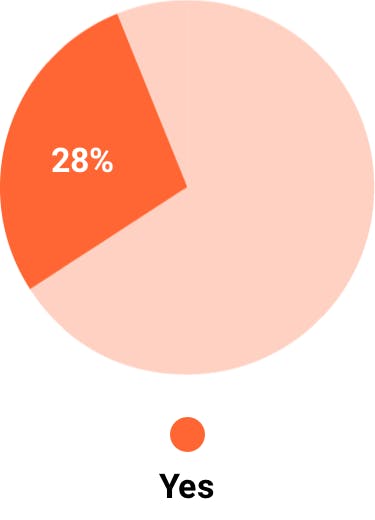
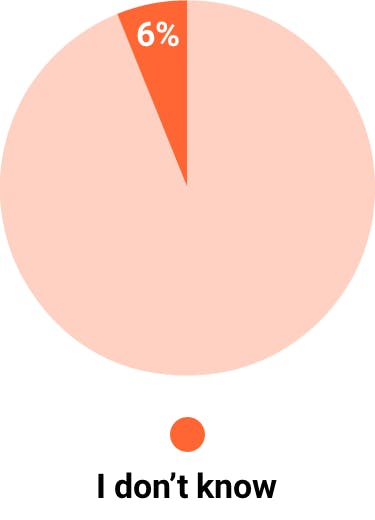
The office is still a source of anxiety
37% of those we surveyed had experienced anxiety about returning to the office after a period of absence, with the commute cited as the primary cause of stress.
When asked about returning to the office full-time, our respondents had a number of concerns. Unsurprisingly, as a cost of living crisis looms, additional costs are the biggest worry for those travelling to the office.
Distractions, office politics, micromanagement, and favouritism were also prominent concerns.
We also asked if there were any perks or benefits that would make a full-time return to the office more appealing. The answer? Flexibility.
Employees are redefining productivity, whether employers like it or not
Hours worked are no longer the marker of productivity for the majority of the workforce. Only 19% of those we surveyed think productivity should be measured based on the number of hours worked. In contrast, 58% think the true measure of productivity is the quality of work produced.
It might also be time to wave the 40-hour work week goodbye for good. Only 26% of those surveyed want it to stay, with 58% feeling strongly that the time has come to eliminate this long-held tradition.
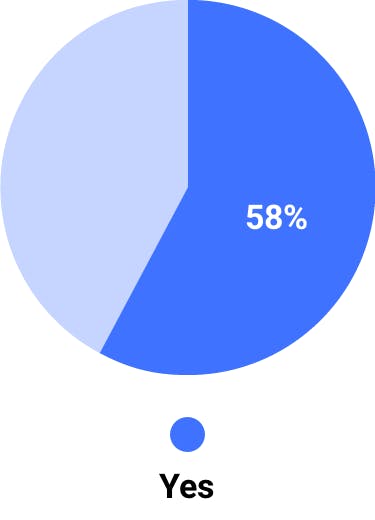
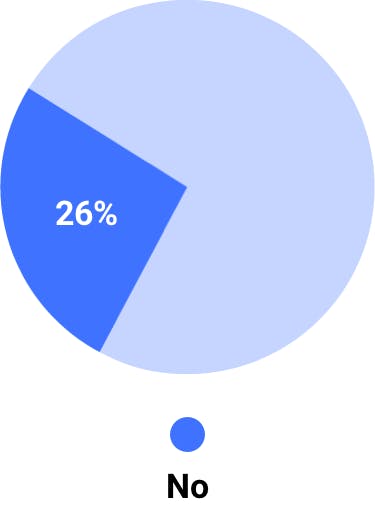

Working long hours in the office is quickly becoming a thing of the past. Hybrid is the way forward for close to half of our respondents, who believe it has a positive effect on their productivity. It's hardly surprising that so many feel positive about hybrid and remote work and want to choose where they work!
Too many tools are stalling our productivity
It's often claimed that email is dead, but our results suggest otherwise. It's still the most popular platform used for work-related communication, by some margin too!
As so many of us have moved towards collaboration software (such as MS Teams and Slack) for internal communication, this is a surprising statistic. However, the key may be that we're using collaboration software for internal communication. Perhaps email is still the default choice for communicating with anyone outside of our organisation.
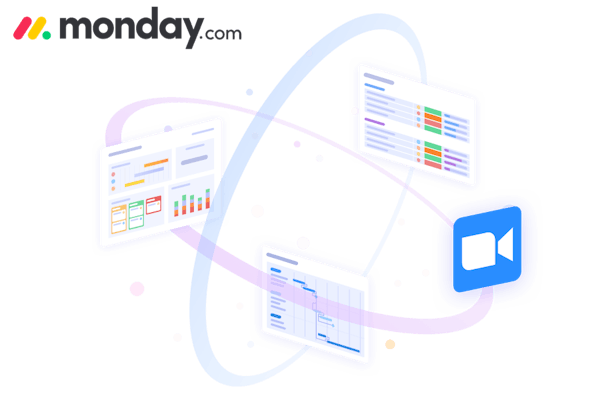
"We recognise the importance of working with external stakeholders on the same platform. As the way we work changes, tools that allow you to connect with external guests will become more popular. Tools such as monday.com can keep your communication centralised, or even integrate with Gmail. This allows teams to transform their emails into action items, and stay seamlessly connected."
monday.com
When asked which digital collaboration tool they couldn't live without, a whopping 54% of our respondents said Microsoft Teams. Zoom came in a close second. Both are essential collaboration tools, particularly in larger organisations with over 250 employees.
Crucially, a fifth of our respondents still haven't found their holy grail of collaboration tools.

"There are many collaboration tools in the marketplace, with each team member having their own preference. monday.com offers a way to connect them all so team members can continue using their existing tools. The power of integrations with monday.com is that you can keep the tools you love and seamlessly integrate them with monday.com Work OS to create a unified workspace."
monday.com
With a plethora of collaboration tools now available to us, we should be more productive than ever, right? Wrong. A huge 57% of us now spend more than 30 minutes a day searching for information.

"As work evolves, now is the perfect time to streamline and centralise your data from multiple tools. Save your team members time by keeping your projects and processes all in one place, and keeping information immediately accessible. "
monday.com
Task switching is still a sizeable barrier to productivity too, with half of our respondents saying they lose time in their day when switching between different tools, documents, and platforms.
Some workers are experiencing tool fatigue, with 38% of the workforce losing time in their day to it. 40% of those we surveyed also think their organisation has too many tools.
The rise of the asynchronous workforce
Asynchronous communication: have you heard of it? Almost half of our respondents were aware of the term.
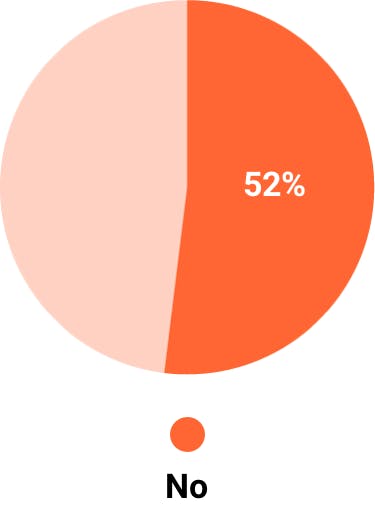
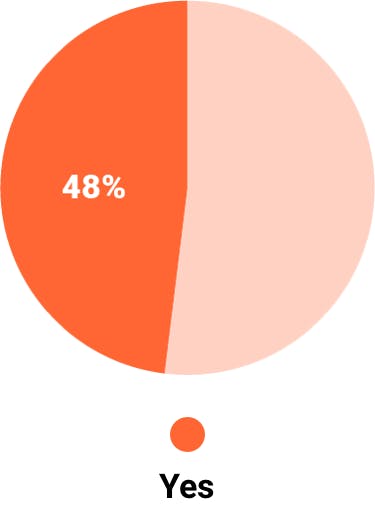
"Asynchronous communication is when people can communicate without the requirement to be 'present' at the same moment—for example, those working in teams across different time zones."
When given the definition of 'asynchronous communication', 60% of those surveyed say they work asynchronously at least some of the time.
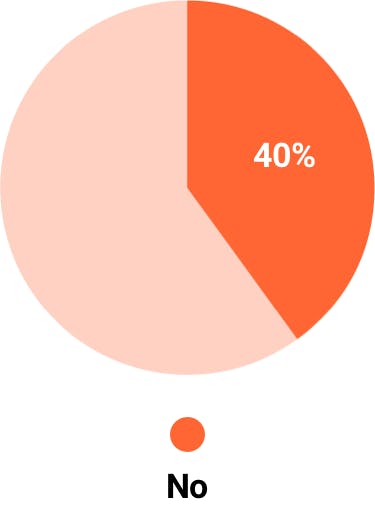
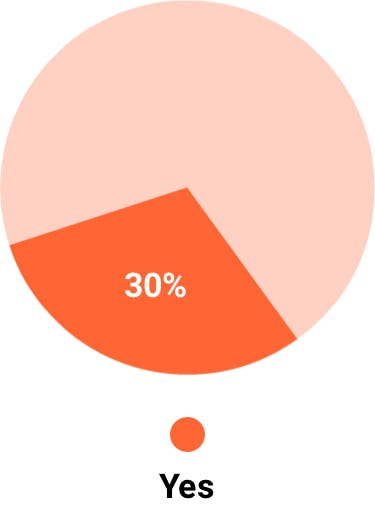

While around half of our respondents feel that communicating asynchronously makes no difference to their productivity, a further 41% do experience a positive impact on their productivity when working asynchronously. Only 8% feel like asynchronous communication harms their productivity.
Alongside productivity, we also wanted to understand the effect of asynchronous communication on workers' wellbeing. Significantly, 45% feel that it positively impacts their wellbeing. However, a further 27% think that it hurts their overall wellbeing.

"With monday.com, tasks and deadlines are visible across the organisation, so employees always feel included. In addition, team leads and managers can use monday.com to view and manage team member workload and prevent burnout, increasing wellbeing and organisational health."
monday.com
The isolated workforce finds a voice
Those working asynchronously are more likely to experience feelings of isolation and loneliness than those who work with colleagues in the same time zone.
Across our survey respondents, 30% feel lonely at work every day, rising to almost 40% for asynchronous workers. This is interesting, considering that many feel asynchronous work positively impacts their wellbeing. Does asynchronous work simply suit some more than others?
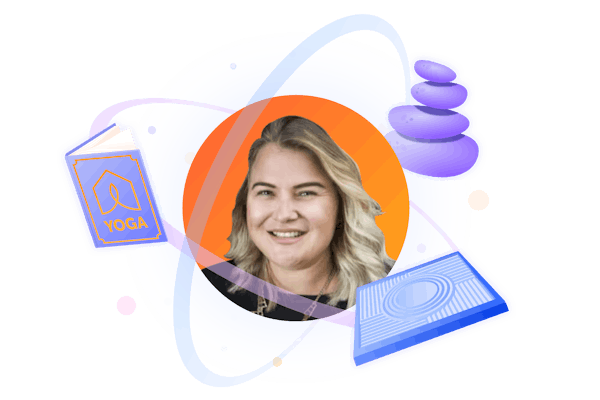
“It can be especially challenging to spot the signs of loneliness in remote workers. Tackling loneliness starts with building a culture of trust, where people genuinely feel safe to open up and be themselves. For leaders, this means leading by example, not being afraid to show vulnerability, and openly encouraging others to do the same.”
Lucia Tanner, Chief People Officer at Adaptavist
These feelings of isolation are driven predominantly by an overwhelming amount of work, and a lack of connection with colleagues, particularly among those working remotely.
Employers are starting to realise the importance of supporting employee wellbeing
59% of our respondents say their employer offers mental health and wellbeing resources. However, that still leaves 32% who say their employer doesn't provide anything to support their mental health and wellbeing.
A further 9% aren't aware of any resources offered by their employer. Are employers raising enough awareness of their mental health and wellbeing initiatives?
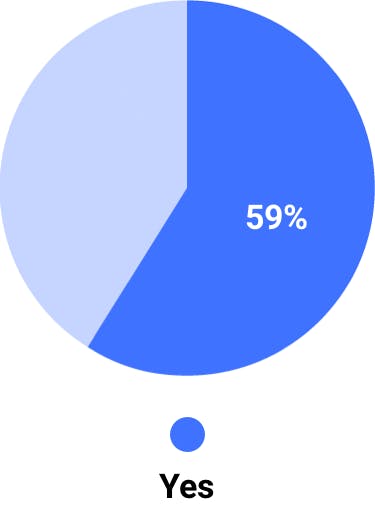
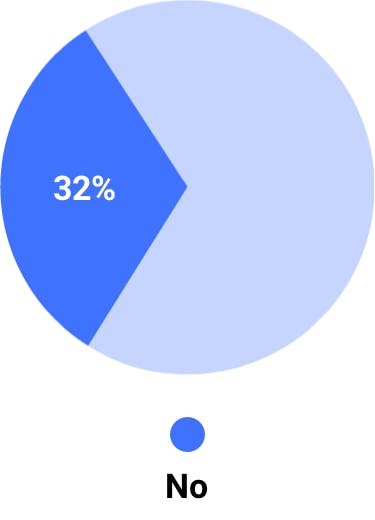

Employee Assistance Programmes (EAPs) and health insurance coverage are the most common resources offered. Organisations also support their staff with trained mental health first aiders, workplace support groups, access to wellbeing apps, and access to gyms, yoga, and meditation sessions.
Workers are actively seeking mental health and wellbeing support
Almost half of our respondents have accessed their employer's mental health and wellbeing resources at some point. That number is even higher for those who experience loneliness daily, with 76% of them accessing their employer's resources.
29% of workers have accessed support within the last 12 months.

“If organisations are seeing low take-up of Employee Assistance Programmes (EAPs), it isn’t necessarily a sign that people aren’t experiencing mental health issues. Services like this are needed now more than ever. It’s vital for HR teams to promote awareness of these services, even though EAPs are not a silver bullet on their own. Leaders must prioritise mental health in everyday culture and conversations. Something as simple as starting a call with “How are you feeling?” or “How can I help?” can make a huge difference.”
Lucia Tanner, Chief People Officer at Adaptavist
Close to half of those we surveyed are accessing their own mental health resources outside of work, with 20% paying for access to things like mental health support and wellbeing apps.

"An effective Employee Assistance Program and communication strategy is essential, but it’s only half the solution. We need to proactively combat loneliness by creating a culture of connection, with mental health and wellbeing at the forefront. Companies need to prioritise mental health before people start to struggle, not after."
John Turley & Petra Velzeboer discuss anxiety, loneliness, and wellbeing at work
Using insights from our report, John Turley and Petra Velzeboer discuss how to overcome anxiety and loneliness in the workplace, and how to foster a deeper sense of wellbeing.
The future of work
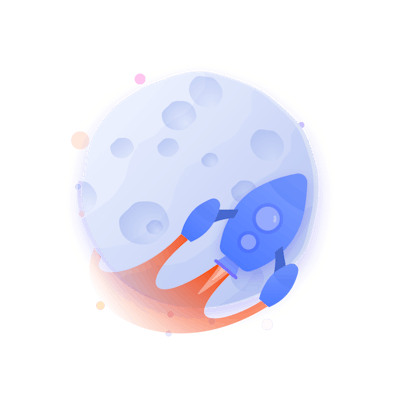
The Great Resignation continues
34% of our respondents are actively looking for a new job, a statistic that is eerily similar to last year's report. Perhaps surprisingly, that number is even higher among asynchronous workers, with 43% of them currently job hunting.
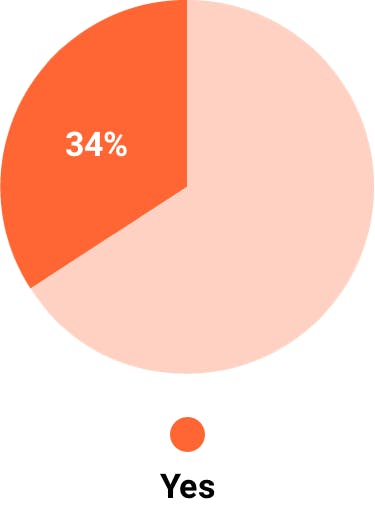
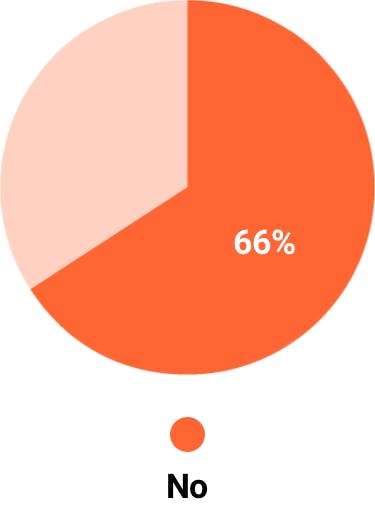
Better compensation is the driving force behind a lot of job searches, along with more flexibility and better benefits. While workers want a wage rise to keep pace with inflation, they also value the flexibility to work in a way that suits them.

“It shouldn't take an exit interview to realise something is wrong. That's why we strive to create an environment we all want to work in—making it easier for people to be open about how they feel. While we always like to keep people, we also try to focus on making Adaptavist the highlight of someone’s career, so if they decide to leave, they know the door is always open if they want to return.”
Lucia Tanner, Chief People Officer at Adaptavist
The Great Resignation itself has certainly influenced workers' decisions to look elsewhere, with 37% of job hunters saying The Great Resignation has forced them to question their current employer.
But recent quitters are now suffering from The Great Regret
Fascinatingly, over a quarter of our respondents had started a new job within the last year.
It's clear that we're living through an increasingly unsettled job market, especially considering that more than a third of those we surveyed are job hunting. This might suggest that some of those who have switched jobs recently are already looking elsewhere.
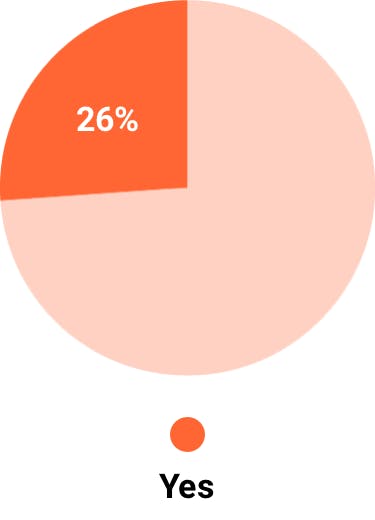

When we asked those who have recently started new jobs about The Great Resignation, they highlighted it as a key reason for deciding to move on. Similar to those currently job hunting, 40% said it made them question their employer. A further 36% said that some of their colleagues moved on due to The Great Resignation, which influenced their decision.
Perhaps one of the most eye-opening findings in this year's report: almost two-thirds of those who've started a new job within the last 12 months regret their decision often or sometimes.
Workers fear an employment reset is looming
Only a quarter of those we surveyed believe that employees will continue to be in demand in the near future. A further 40% believe the balance of power will shift back to employers soon.
Most of our respondents also believe the freedoms they've gained due to remote and hybrid working may shrink as the balance of power shifts. A huge 72% of those surveyed think that an employment reset will eliminate some or all of the freedoms they've become used to.
Leaders: this is what your teams need from you!
So what can you do to retain your best people during the Great Resignation? We asked our respondents to give us the three things they need most from their company and manager.
More training and learning opportunities came out on top, followed closely by more realistic expectations from management, and a more proactive work culture. Better tools, hardware, and software are also high on the list. Workers are also asking for more clarity around remote and hybrid working expectations, along with more opportunities to socialise with their colleagues.
Side hustles, overtime, and additional jobs
As hybrid and remote working have increased, so have workers' opportunities to earn additional income. Almost half of our respondents have either found a new way to make more money, or plan to take on extra work soon.
As workers struggle to make ends meet, it's unsurprising that 54% of those who have taken on extra work are doing so to earn more money. The freedom to do something new or creative also motivated people to start side hustles or take an additional job.

"You are who you hire. You can’t innovate without innovators. That's why we actively seek people with an entrepreneurial mindset. It's also why we encourage our people to pursue other passions outside their day-to-day jobs because we know they will bring that energy, drive, and skill back to their work at Adaptavist."
Lucia Tanner, Chief People Officer at Adaptavist
And workers really are earning a lot of extra money. In fact, 60% earn more than £500/$600 US/$760 CAD/$850 AUD per month!
Embrace trust and empowerment
Workers want a choice about where and how they work. Empower your teams to choose the type of flexibility that works for them. Trust them to work from wherever they're most productive. People no longer want to engage in presenteeism. They want their work to speak for itself.
listen Icon Ask your teams how they work best. Empower them to make their own choice over where they work, and how they work.graph Icon Move away from tracking time. Instead, focus on recognising progress. Workers now embrace quality over quantity. They want leaders to do the same.
Invest in people to retain them
People are leaving their jobs for more money. With a dark economic forecast ahead, workers will likely remain unsettled. They also want more opportunities for development, including training courses and other types of learning. Companies that are in a position to invest in their teams should do.
protect_money Icon Financial rewards have never been more important. Retain your best people by paying them well.bug Icon Invest in training and learning opportunities for your teams. They gain. You gain. It's a win-win.
Integrate tools now to reap the long-term benefits
Our favourite collaboration tools aren't going anywhere, but it's time to use them more efficiently. Using a platform like monday.com can bring all your tools and projects together in one place, reducing tool fatigue and task switching.
bug Icon Do a tool audit. Ask your teams what's working and what isn't. Find out which tools they can't live without.bug Icon Watch productivity skyrocket when you reduce tool fatigue and task switching. Streamline your must-have tools all in one place.
Wellbeing: be proactive, not reactive
Loneliness is endemic among asynchronous and remote workers, who are more likely to access their employers' mental health resources. But don't wait for people to reach out. Put plans in place now to support your employees' wellbeing before your teams need to ask for help.
high_five Icon To reduce anxiety for those returning to the office, empower your teams to work flexibly and provide financial support for commuting, if possible.handshake Icon Keep workloads manageable, invest in mental health support, and facilitate opportunities for your teams–in the office or remote–to connect and socialise.
Summary
The post-pandemic work revolution has forced employees to reconsider what they value most from their careers, with flexibility taking high priority.
Over the last couple of years, the Great Resignation has seen employees voting with their feet. Now, thanks to a looming cost of living crisis, even more people plan to move on to pastures new, with money as their main motivator. The economic outlook suggests this is a trend that’s unlikely to slow down anytime soon, particularly with low levels of unemployment and labour shortages hitting many sectors hard.
Employers can reduce turnover by investing in people: trust and empower them with increased flexibility around when and where they work. Help them to thrive with opportunities to upskill. Use tools to work more efficiently and save your employees’ time. Provide mental health support. And, crucially, pay them what they’re worth.
Now's the time to examine your culture, whether your employees are in-office, hybrid, or remote. Loneliness comes hand-in-hand with remote and asynchronous working. Check on the wellbeing of your employees regularly, provide opportunities for them to connect with their colleagues, and don’t let them get overwhelmed with unmanageable workloads.
For leaders in 2022, it’s vital to take a proactive approach to wellbeing, engagement, and trust. As we reinvent work for a new era, leaders must act now. Not later.
Solutions
Overcome your biggest digital transformation challenges with the help of our experts.
Work management
Shape your workflows and improve how your business runs with monday.com.
Careers
Want to join a company that puts culture and wellbeing first? Come and work with us!






